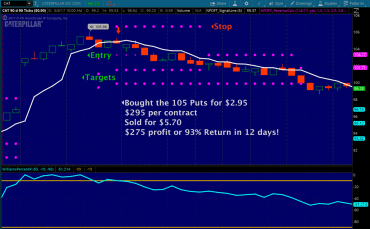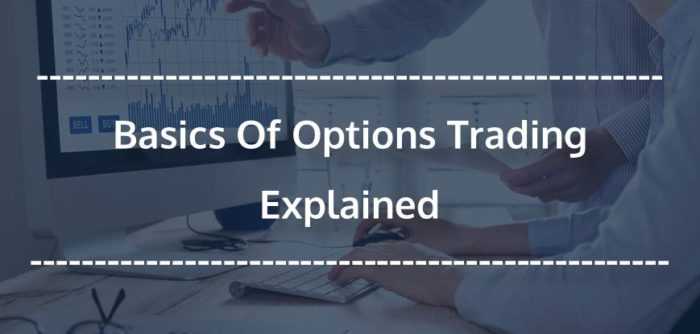5 min read

by Gorica Gligorijevic
The Gordon Growth Model is useful to determine the intrinsic value of a stock and you will see how. It is all math.
Anyone who wants to be a profitable trader has to know math. Profitable trading is not about feelings, or prophecy and stock advice or picks. It is all about math. Yes, the main goal is to earn money more than lose.
But trading guessing is not a good idea. The math generates success and luck in your trading. Do you want to know how the math works in your attempts to profit and be a successful trader?
If you want to act like a pro you have to be able to explain and make the math behind your trading. Anyway, you might benefit from understanding the math behind the stock market.
At least, you have to know the basic calculations.
Traders-paradise wants to show you some simple to understand. It will help you to pick the right stock and keep your hopes of future returns more realistic.
Let’s first determine the intrinsic value of stocks. How to do that? Just use of the Gordon Growth Model. Oh, yes. You will need more explanation.
The Gordon Growth Model is known as the dividend discount model or DDM but without the current market stipulations, meaning the factors that influence the market, such as competitors, business challenges, etc.
The point of this Gordon Growth model is to relate the current intrinsic value of stocks to the value of a stock’s future dividends. This is a very old model but still actual and popular. The equation shows that the long-term real return from the market should be almost equal to the inflation, modified by the compound yearly growth rate in dividends and increased by the current dividend yield.
Let’s view this complex definition in a simple example.
The S&P 500 real growth rate in dividends has been around 1.3% per year over almost a hundred years. At the same period, the dividend yield was 5% annual. What you have to do is to sum these both. The sum you get is a bit less than actual 6,5% compound annual return from stocks for that period.
This is defined by an almost doubling of the PE ratio, called a speculative return. That was exactly what did add the stock returns.
Let’s see Gordon Growth Model and how to calculate it.
As we said the value of a stock is shown as
Stock’s value = D1 / (k – g)
where D1 represents the expected annual dividend per share for the next year k is the investor’s discount rate of return. You can estimate this using the Capital Asset Pricing Model, for example.
and g is the anticipated dividend growth rate. We take this as a constant.
When you have all these parameters, it is so easy to calculate the intrinsic value of the stock. For example, the S&P 500 dividend yield is about 2 %, 4.5% is how much you can expect dividends to grow due to the historical performances. So you can expect a long-run return at 6.5%.
To show you how this model is true whether or not a company pays a dividend or reinvests it let’s show you this real example.
Suppose your preferred company plans to pay a $2 dividend per share next year (D1). Also, you expect an increase of 10% per year following (g). Also, suppose you are expecting a rate of return on the stock to be 20% (k). Let’s say, the stock is trading at $20 per share now. Using the Gordon Growth formula, you can determine that the intrinsic value of one share of the stock is:
$2.00/(0.20-0.10) = $20
When you have all these parameters, it is so easy to calculate the intrinsic value of the stock.
You will very often find the Gordon Growth Model formula calculated:
P = D1/(r-g)
The stock price (P) is equal to the anticipated value of the dividend (D1) divided by the difference in the investor’s rate of return (r) minus the constant growth rate of the dividend (g).
In essence, the Dividend Growth Model utilizes the investor’s required RoR and the dividend growth rate to calculate the value of the stock.
But dividends will increase at different percentages. For example, dividends will grow quickly and then reach a steady rate. The dividend is still supposed to be $2 per share next year, but dividends will progress yearly by 14%, then 20%, then 24%, and then stable rise by 10%.
By using components of this formula, but examining every year the recent dividend growth individually, we can determine the current value of the stock.
Following the inputs for our example Gordon Growth Model formula shows:
D1 = $2.00
k = 10%
g1 (dividend growth rate, first year ) = 14%
g2 (dividend growth rate, second year) = 20%
g3 (dividend growth rate, third year) = 24%
gn (dividend growth rate every year after) = 10%
Let’s calculate the fair dividends for those years (we already find the dividend growth rate):
D1 = $2.00
D2 = $2.00 * 1,14= $2,28
D3 = $2,28 * 1,20 = $2,74
D4 = $2,74 * 1,24 = $3,40
The next step is to calculate the current value of every single dividend during the extraordinary growth period:
$2,00 / (1,20) = $1.67
$2,28 / (1,20)^2 = $1.58
$2,74 / (1,20)^3 = $1.59
$3,40 / (1,20)^4 = $1.64
Now we can calculate the dividend in the year of stable growth of 10%:
D5 = $3.40 * 1.10 = $3.74
Further, we can use the Gordon Growth Model’s formula to calculate the value of dividends in the 5th year:
$3.74/(0.2-0.1) = $37.40
This allows us to calculate the present value of the dividend’s growth in this 5th year, or how much that future growth is worth to us today:
$37.40/(1.10)^5 = $23.22
The final step is to calculate the current intrinsic value of stocks by summing up the present value of dividends in the first four years and the value of dividends in the fifth year.
1.67+1.58+1.59+1.64+23.22=$29.7
The main benefit of this formula is that it may cool down your emotions when trading. Calculating this can bring you down to the ground in growth periods, and also can support you when the market is falling.



